
Why in news?
- Scientists found the fingerprints of the CH3+ molecule in light coming from a swirling disk of dust and gas around a young star.
- The disk is in the Orion Nebula, 1,350 light years from Earth.
About CH3+ molecule:
- It is also known as methyl cation.
- CH3+ is a very simple organic molecule, just one carbon atom and 3 hydrogen atoms.
- It reacts with other molecules to form more complex ones.
- Its presence in space tells us that basic building blocks for life are out there.
- It is an initiator of a lot of very interesting more complex reactions
What is the significance of this discovery?
- The discovery of methyl cation in a region where planets that could eventually host life are forming may help untangle this cosmic riddle and help scientists better understand how and where in the universe life could get started.
Key facts about the James Webb Space Telescope
- This telescope was built in collaboration between NASA, the European Space Agency (ESA) and the Canadian Space Agency and was launched in December 2021.
- It is presently at a point in space known as the Sun-Earth L2 Lagrange point, approximately 1.5 million km beyond Earth’s orbit.
- Lagrange Point 2 is one of the five points in the orbital plane of the Earth-Sun system.
- It's the largest, most powerful infrared space telescope ever built.
- Objectives: It will examine every phase of cosmic history; from the Big Bang to the formation of galaxies, stars, and planets to the evolution of our Solar System.
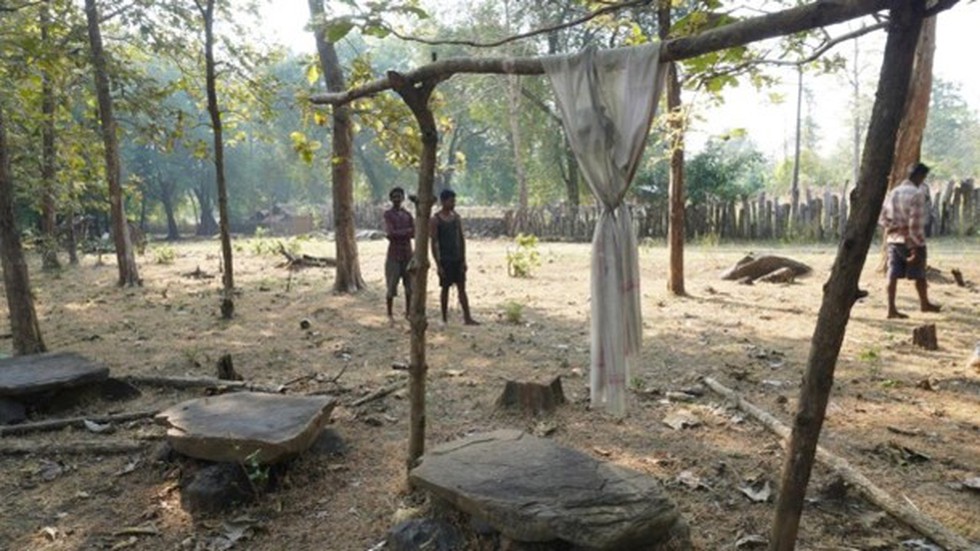
About Gutti Koya tribe:
- The Koya population is concentrated in Telangana, Andhra Pradesh, Chhattisgarh and Odisha.
- They speak the Koya, which is a Dravidian language.
- The most important fair celebrated by Koyas is the Sammakka Saralamma Jatraonce in two years on full moon day of the Magha Masam (January or February) at Medaram village in Mulug taluk of Warangal district.
- They practice Podu form of shifting cultivation, as practiced by various tribal groups in forest areas has for long been an economical survival versus environmental sustenance issue.
- The held ST status in Chattisgarh but they were not granted ST status in their migrated states such as Telangana.
- They earn a living through animal husbandry and minor forest produce.

About Metallurgical coke:
- It is a carbonaceous material produced by heating bituminous coal in the absence of air.
- It is produced by heating coal in coke ovens at high temperatures (around 1,000 to 1,200 degrees Celsius).
- It is used as a fuel and reducing agent in the production of iron and steel.
- Properties
- It has an open, porous structure and may appear glassy in some varieties.
- It has also a low volatile content or rather low waste product content due to the heat treatment process received.
- It has a high carbon content, low ash content, and high strength.
- Its porous structure allows for good gas flow and provides structural support in the blast furnace.
- However, the “ash” constituents, that were part of the original bituminous coal feedstock, remain intact in the finished product.
- Met Coke is available in a wide range of sizes; from fine powder (30 mm) to basketball-sized lumps (20 cm).
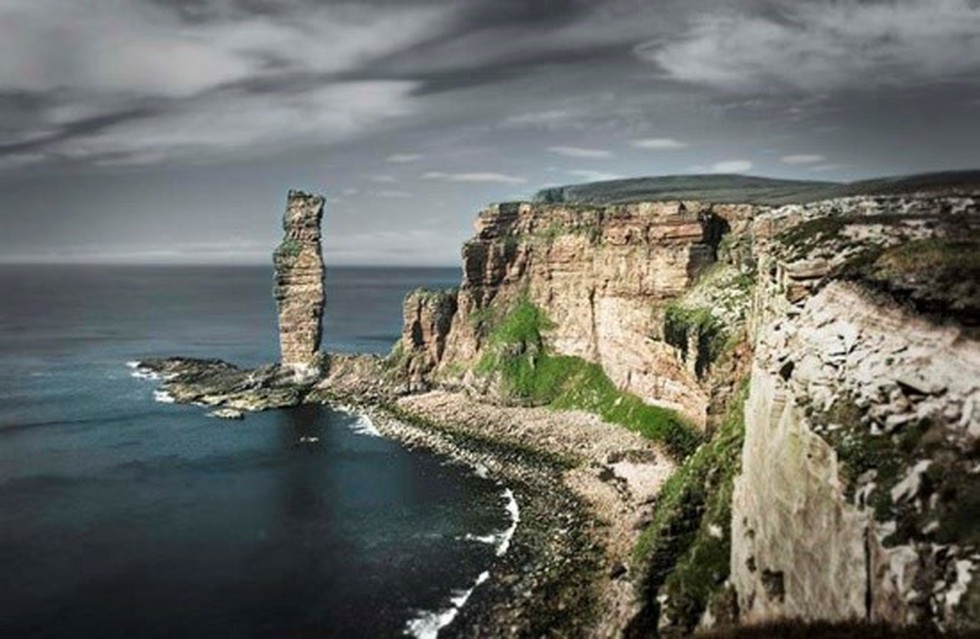
About Orkney Islands:
- It is an archipelago consisting of 70 individual islands, of which only 20 are inhabited.
- The Orkney Islands can be found roughly 10 miles off the north coast of Scotland.
- The islands have been inhabited since prehistoric times and are home to numerous archaeological sites, including Neolithic stone circles, chambered tombs (such as Maeshowe).
- The four monuments that make up the Heart of Neolithic Orkney are unquestionably among the most important Neolithic sites in Western Europe.
- These are the Ring of Brodgar, Stones of Stenness, Maeshowe and Skara Brae.
- Heart of Neolithic Orkney is designated as UNESCO world Heritage site.
What is archipelago?
- An archipelago is a term used to describe a group or chain of islands that are closely scattered in a body of water, such as a sea, ocean, lake, or river.
- These islands are typically formed through geological processes such as volcanic activity, tectonic movements, or the accumulation of sediment.
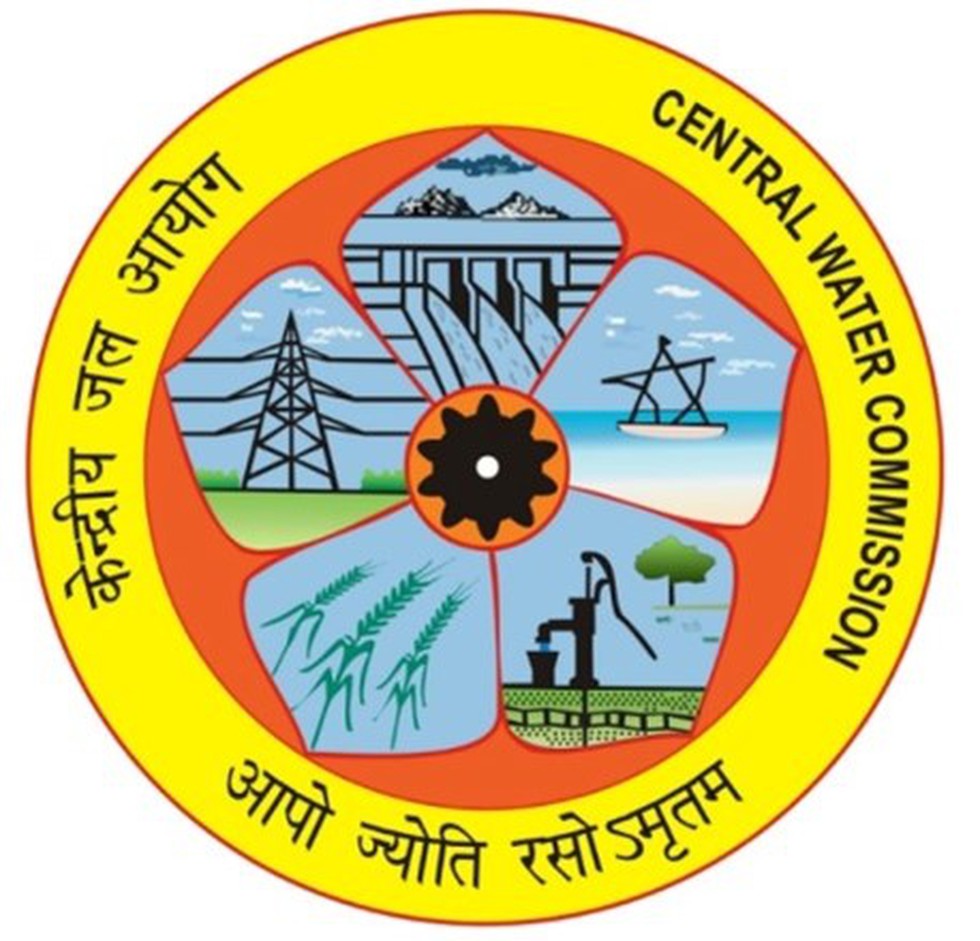
Key findings:
- Till July 4, around 33% of 717 districts for which data are available received deficient rains, while for another 10%, it was even worse, according to India Meteorological Department (IMD).
- As on June 30, water levels in the reservoirs of 10 states are lower than the normal levels based on their 30-year average.
- The deficiency ranges from 11% to 80% in Bihar, West Bengal, Odisha, Jharkhand, Uttar Pradesh, Uttarakhand, Kerala, Karnataka, Tripura and Nagaland.
- However, the water level was better than the last 10-year average.
About Central Water Commission:
- It is a premier Technical Organization of India in the field of Water Resources.
- It is presently functioning as an attached office of the Ministry of Jal Shakti, Department of Water Resources, River Development and Ganga Rejuvenation, Government of India.
- Functions
- The Commission is entrusted with the general responsibilities of initiating, coordinating and furthering in consultation of the State Governments concerned, schemes for control, conservation and utilization of water resources throughout the country, for purpose of Flood Control, Irrigation, Navigation, Drinking Water Supply and Water Power Development.
- It also undertakes the investigations, construction and execution of any such schemes as required.
- It is headed by a Chairman, with the status of Ex-Officio Secretary to the Government of India.
- The work of the Commission is divided among 3 wings namely, Designs and Research (D&R) Wing, River Management (RM) Wing and Water Planning and Projects (WP&P) Wing.
- Each wing is placed under the charge of a full-time Member with the status of Ex-Officio Additional Secretary to the Government of India.
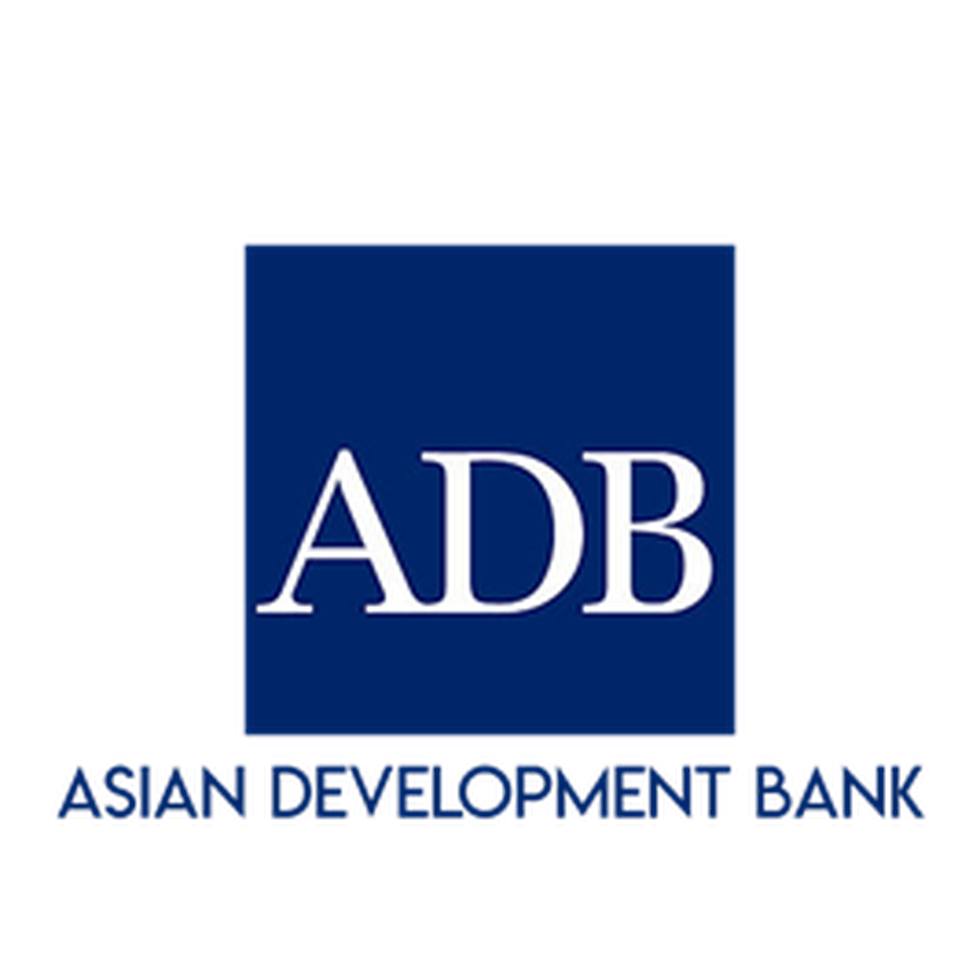
About Asian Development Bank (ADB):
- It is a multilateral development bank established on 19th December 1966.
- Its primary mission is to "foster economic growth and cooperation" among countries in the Asia-Pacific Region.
- Functions:
- ADB assists members and partners by providing loans, technical assistance, grants, and equity investments to promote social and economic development.
- It also provides financing to certain private sector projects as well as public-private partnerships.
- The ADB regularly facilitates policy dialogues and provides advisory services.
- They also useco-financing operations that tap official, commercial, and export credit sources while providing assistance.
- Headquarters: Manila, Philippines.
- Members: From 31 members at its establishment in 1966, ADB has grown to encompass 68 members—of which 49 are from within Asia and the Pacific and 19 outside.
- Control:
- ADB is run by a board of governors, which represents the member countries of the ADB.
- The ADB was modelled closely on the World Bank and has a similar weighted voting system where votes are distributed in proportion to members' capital subscriptions.
- As of 2022, ADB's five largest shareholders are Japan and the United States (each with 15.6% of total shares), the People's Republic of China (6.4%), India (6.3%), and Australia (5.8%).
- Source of Funding: It relies on member contributions, retained earnings from lending, and the repayment of loans for the funding of the organization.
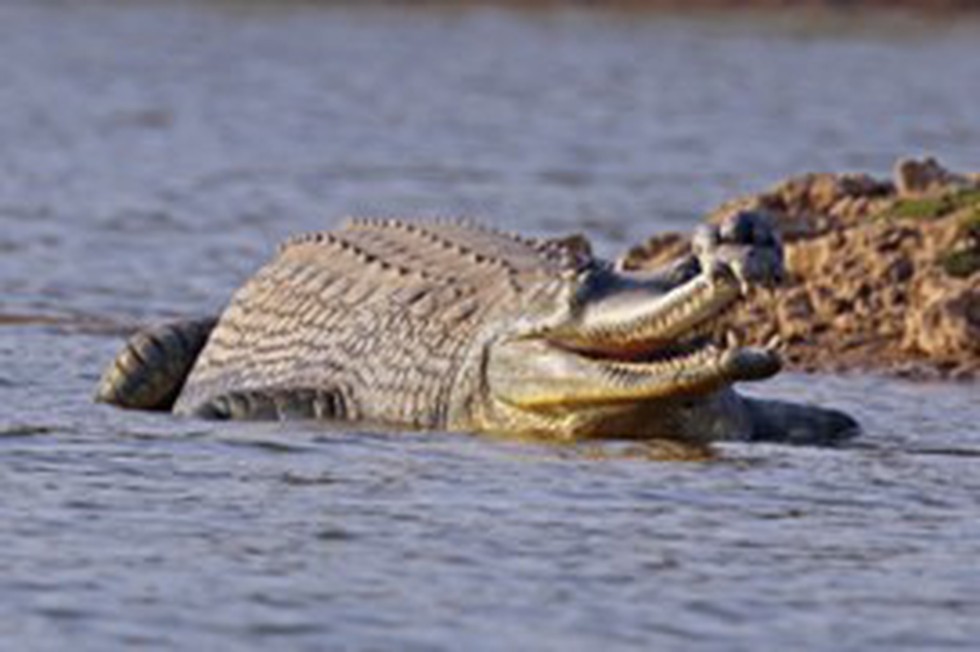
Why in News?
- A proposal in this regard was recently sent to the state government by the deputy conservator of forest (wildlife) of the National Chambal Sanctuary project.
About National Chambal Sanctuary:
- National Chambal Sanctuary, also called the National Chambal Gharial Wildlife Sanctuary, is a 5,400 sq. km tri-state protected riverine sanctuary along 425 km length of the Chambal River and ravines.
- Location: It lies at the tri-junction of three states Madhya Pradesh, Uttar Pradesh and Rajasthan.
- The main focus of the sanctuary is to protect the critically endangered Gharial, Red-crowned roof turtle & endangered Ganges dolphin.
- Chambal supports the largest population of Gharials in the wild.
- It is listed as an important bird area (IBA).
- Topography: The topography is full of ravines, hills & sandy beaches.
- Vegetation: It is part of the Kathiar-Gir dry deciduous forest ecoregion.
- Other Fauna:
- Other animals which are also in the Threatened category like mugger crocodile, smooth-coated otters, Striped Hyena & Indian wolfs are also found here.
- Chambal River support 8 out of 26 rare species of turtle family like Indian narrow-headed soft-shell turtle, three- striped roof turtle & crowned river turtle.
- Mammals are also seen, which include Sambhar deer, Neel Gai (blue bull), Indian gazelle, Rhesus Monkey, Hanuman Langur, Indian grey & small Asian mongoose, Bengal Fox etc.
Key facts about the Chambal River:
- It is one of the tributaries of the Yamuna River and the most pollution-free river in India.
- It originates at the Singar Chouri peak on the northern slopes of the Vindhya mountains.
- On its south, east and west, the basin is bounded by the Vindhyan mountain ranges and on the northwest by the Aravallis.
- The Hadauti plateau in Rajasthan occurs in the upper catchment of the Chambal River to the southeast of the Mewar Plains.
- Tributaries: Banas, Kali Sindh, Sipra, Parbati, etc.
- Major Dams on the River: Gandhi Sagar Dam, Rana Pratap Sagar Dam, Jawahar Sagar Dam.
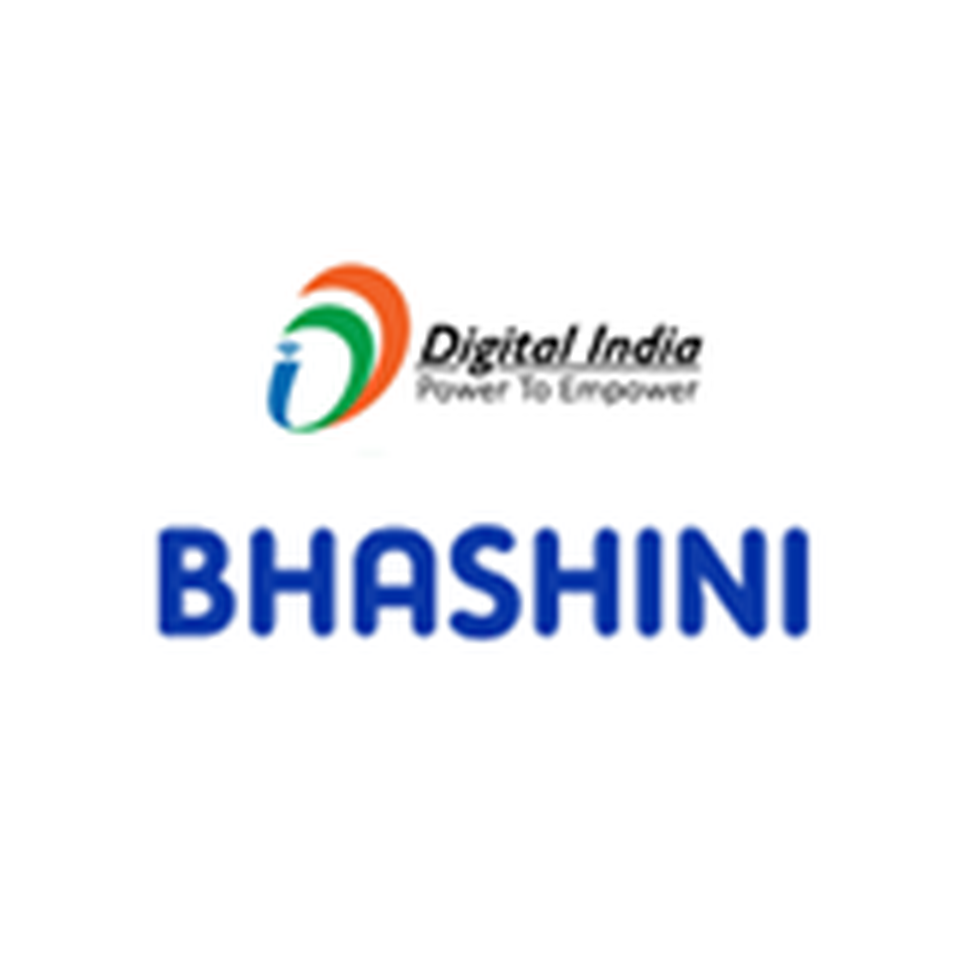
About Bhashini Platform :
- Digital India BHASHINI, is India's Artificial Intelligence (AI)-led language translation platform.
- It seeks to enable easy access to the internet and digital services in Indian languages, including voice-based access, and help the creation of content in Indian languages.
- It aims to make Artificial Intelligence and Natural Language Processing (NLP) resources available in the public domain to be used by -- Indian MSMEs, startups and individual innovators.
- This will help developers to offer all Indians easy access to the internet and digital services in their native languages.
- This online platform also has a separate ‘Bhasadaan’ section which allows individuals to contribute to multiple crowdsourcing initiatives, and it is also accessible via respective Android and iOS apps.
- How does it work?
- The project is available on this website: https://www.bhashini.gov.in/en/ and it is aimed to build and develop an ecosystem where various stakeholders like institutions, industry players, research groups, academia and individuals can unite to maintain an ‘ever-evolving repository of data, training and benchmark datasets, open models, tools and technologies.
- The contribution can be done in four ways -- Suno India, Likho India, Bolo India and Dekho India -- where users have to type what they hear or have to validate texts transcribed by others.

About Chabahar Port:
- It is a seaport in the Sistan-Balochistan province of Iran, on the Gulf of Oman, at the mouth of the Strait of Hormuz.
- Chabahar is a deep-water port with direct access to the Indian Ocean that is outside the Hormuz Strait.
- It is Iran’s only seaport and consists of two separate ports called Shahid Beheshti and Shahid Kalantari.
- It's geographic proximity to countries such as Afghanistan, Pakistan, and India, as well as its status as a key transit center on the burgeoning International North-South Transport Corridor, gives it the potential to develop into one of the most important commercial hubs in the region.
- Chabahar Project:
- In May 2016, India signed a tripartite agreement with Iran and Afghanistan to develop the Shahid Beheshti Terminal at Chabahar.
- It is India's first foreign port project.
- The deal agreement aims to establish an International Transport and Transit Corridor in Chabahar.
- The construction of the Chabahar Port and the construction of a rail line from Chabahar Port to Zahedan are the major highlights of this project.
- The idea was that the port would enable India to bypass Pakistan and access Afghanistan, and ultimately Central Asia.
- Moreover, the port could serve as a hub for transit trade between India, Iran, and Afghanistan and provide an alternative route to the traditional Silk Road that passes through China.
International North-South Transport Corridor (INSTC):
- INSTC is a multi-modal transportation route linking the Indian Ocean and the Persian Gulf to the Caspian Sea via Iran and onward to northern Europe via St. Petersburg in Russia.
- The corridor includes seaports on the Persian Gulf and in the Caspian region, as well as road and rail routes.
- Aim: The main purpose of the corridor was to reduce carriage costs and transit time between India and Russia. The transit time is expected to reduce to almost half, once the corridor becomes fully functional.

About Kanwar Yatra:
- It is an annual Hindu pilgrimage observed every year by Lord Shiva devotees.
- It usually starts in the month of July or August, commonly known as the month of Sawan, according to the Hindu calendar.
- What happens at Kanwar Yatra?
- The yatra derives its name from the word ‘kanwar’, meaning a bamboo pole to which containers of holy water are tied at opposite ends.
- Millions of devotees called Kanwariyas or kriyas travel to pilgrimage places like Haridwar, Gaumukh, Gangotri in Uttarakhand, Sultanganj in Bihar, Prayagraj, Ayodhya and Varanasi in Uttar Pradesh, and return by carrying Ganga water in kanwars to seek the blessings of Shiva.
- The water is then offered to Shiva temples, including the 13 Jyotirlingas across India. The ritual is known as Jal Abhishek.
- During the whole journey, Kanwars have to make sure that the earthen pots do not touch the ground.
- While carrying the water, devotees walk barefoot, and some complete the pilgrimage by lying flat on the ground.
- They are clad in saffron clothing while undertaking the journey. Many observe fasts during the pilgrimage and restrict consumption of food, water and salt.


.png)
.png)
.png)
























































































































































.png)
.png)
.png)
.png)
.png)


.png)
.png)
.png)





.png)
.png)






.png)
.png)
.png)
.png)
.png)
.png)
.png)
.png)
.png)

.png)







.png)
.png)


.png)
.png)
.png)


.png)

.png)
.png)





.jpg)

.png)
.png)


.png)

.png)
.png)
.png)

.jpg)

.jpg)


.png)

.png)
.png)
.png)
.png)
.png)
.png)
.png)
.png)
.png)
.png)




.png)

.png)





.png)
.png)
.png)
.png)
.png)
.png)
.png)
.jpg)
.jpg)

.png)
.png)
.png)
.png)
.png)
.png)
.png)
.png)
.png)
.png)
.png)
.png)
.png)
.png)
.png)
.png)
.png)
.png)
.png)
.png)
.png)
.png)



.png)
.png)

.jpg)
.jpg)


.jpg)
.jpg)
.jpg)
.jpg)
.jpg)

.jpg)








.jpg)
.jpg)
.jpg)
.jpg)
.jpg)

















.jpg)
.jpg)







.jpg)


















.jpg)
.jpg)






























































































.jpg)
.jpg)


























.jpg)

.jpg)










.jpg)








.jpg)




.jpg)










.jpg)


















.jpg)












































.jpg)














.jpg)
.jpg)
.jpg)





.jpg)

.jpg)
.jpg)





































































.jpg)


































.jpg)
.jpg)
















































.jpg)












.jpg)


.jpg)




.jpg)
.jpg)
.jpg)

.jpg)
.jpg)
.jpg)
.jpg)

.jpg)
.jpg)
.jpg)

.jpg)
.jpg)
.jpg)
.jpg)
.jpg)
.jpg)
.jpg)
.jpg)

.jpg)


.jpg)
.jpg)
.jpg)
.jpg)
.jpg)
.jpg)
.jpg)
.jpg)
.jpg)
.jpg)











.jpg)
.jpg)





.jpg)
.jpg)
.jpg)
























.jpg)
























.jpg)









.jpg)
.jpg)







.jpg)
.jpg)









































.jpg)
.jpg)
.jpg)
.jpg)
.jpg)

.jpg)
.jpg)
.jpg)
.jpg)
.jpg)


.jpg)
.jpg)
.jpg)
.jpg)
.jpg)

.jpg)
.jpg)
.jpg)
.jpg)
.jpg)
.jpg)
.jpg)
.jpg)
.jpg)
.jpg)
.png)

.png)
.png)

.png)
.png)
.png)
.png)


.jpg)
.jpg)

.jpg)
.jpg)
.jpg)

.png)
.png)
.png)
.png)
.png)
.png)
.png)

.png)
.png)
.png)
.png)
.png)
.png)
.png)
.png)
.png)
.png)





































































-min.png)



.png)




.png)








































